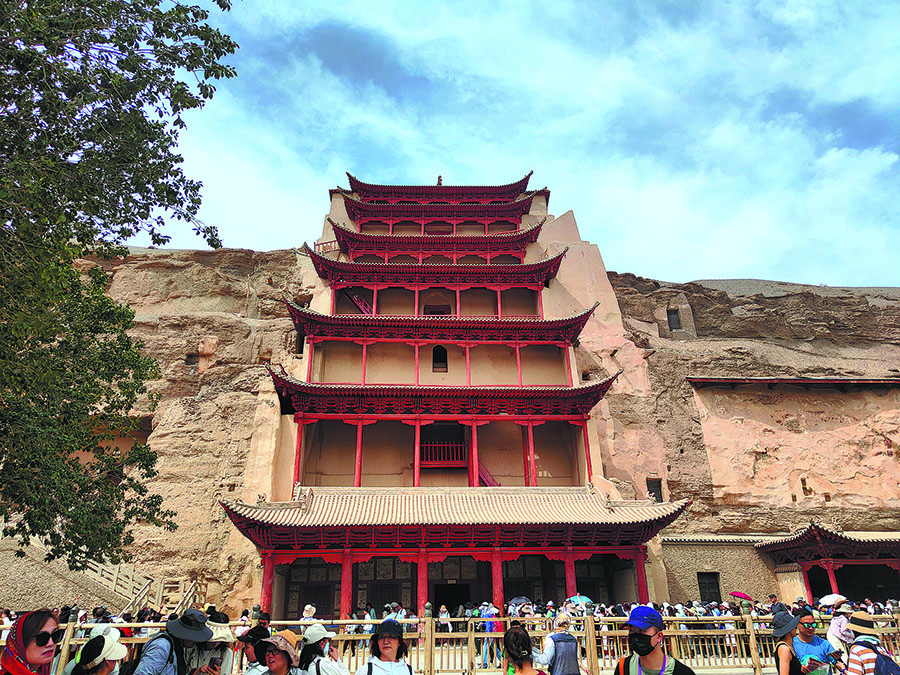

Swift restorations of historical sites win global plaudits for setting example in overcoming climate change, Wang Ru reports.
After super typhoon Meranti almost washed away the historical bridges in Taishun county, Zhejiang province, in 2016, the community swiftly restored them using the original components and traditional construction techniques.
"The restoration proceeded through traditional ways, showcasing the age-old wisdom and tenacity of our cultural heritage. Also, local people managed to find the wooden components that had been washed away in the river. Thus, the bridges were not rebuilt but restored," says Yan Haiming, a researcher at the China Academy of Cultural Heritage.
Most of the components were recovered in less than two weeks, and the entire restoration project of the Xuezhai, Wenxing and Wenzhong bridges was completed about a year after the typhoon.
"Against the backdrop of extreme weather, it is important to act fast," says Yan.
"The restoration was completed in a timely manner, with the involvement of the government, experts and the community."
Yan shared this story as an example of China's response to extreme weather during a side event titled "Cultural Heritage and Climate Action" at the G20 Culture Working Group meeting held in Brasilia in May. The meeting served as a prelude to the 19th G20 Leaders' Summit in Rio de Janeiro, Brazil, on Nov 18 and 19.